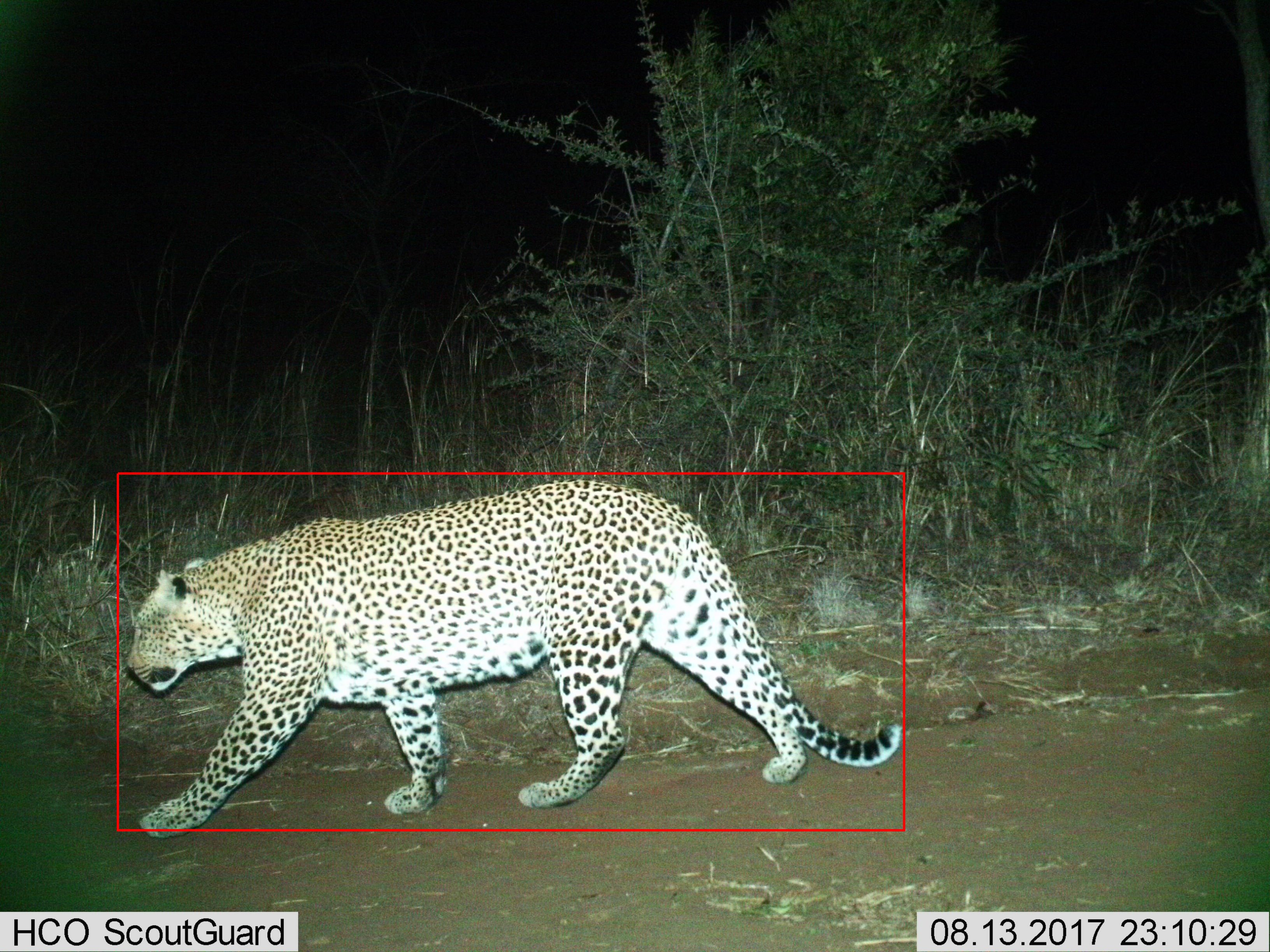
Use data preprocessing methods and deep learning algorithms to identify endangered species in camera trap images.
Machine Learning, Deep Learning, Data Augmentation, Python
Goal of this project is to train a deep learning model which is able to find the few endangered species images in a large and diverse data set. With this information the necessary steps in the existing data pipeline can be taken to protect them.
Camera traps are a popular tool to monitor wildlife activities. They generate millions of images which need to be manually labeled. These images are uploaded to a website where volunteers can help with the labeling effort. Through this process, sensitive data such as images of endangered species are made publically available. In order to protect these animals, a deep learning model needs to be developed which is able to identify the endangered species prior to the manual reviewing and labeling process. The identified endangered species images can then be removed from the upload to avoid their information being used by poachers to hunt them down more efficiently.
The challenge of training a deep learning model on few data with a high variance was achieved using an advanced data processing pipeline including the usage of an object detection model, oversampling and data augmentation. The resulting deep learning model was able to detect rhinoceros and leopard with a recall of over 90% and a precision of over 60%.
Lion Center of the University of Minnesota
lioncenter@umn.edu
Hendrik Sussmann, hendrik.sussmann@students.fhnw.ch
Robin Schürch, robin.schuerch@students.fhnw.ch
Prof. Dr. Michael Graber, michael.graber@fhnw.ch
Marco Willi, marco.willi@fhnw.ch
